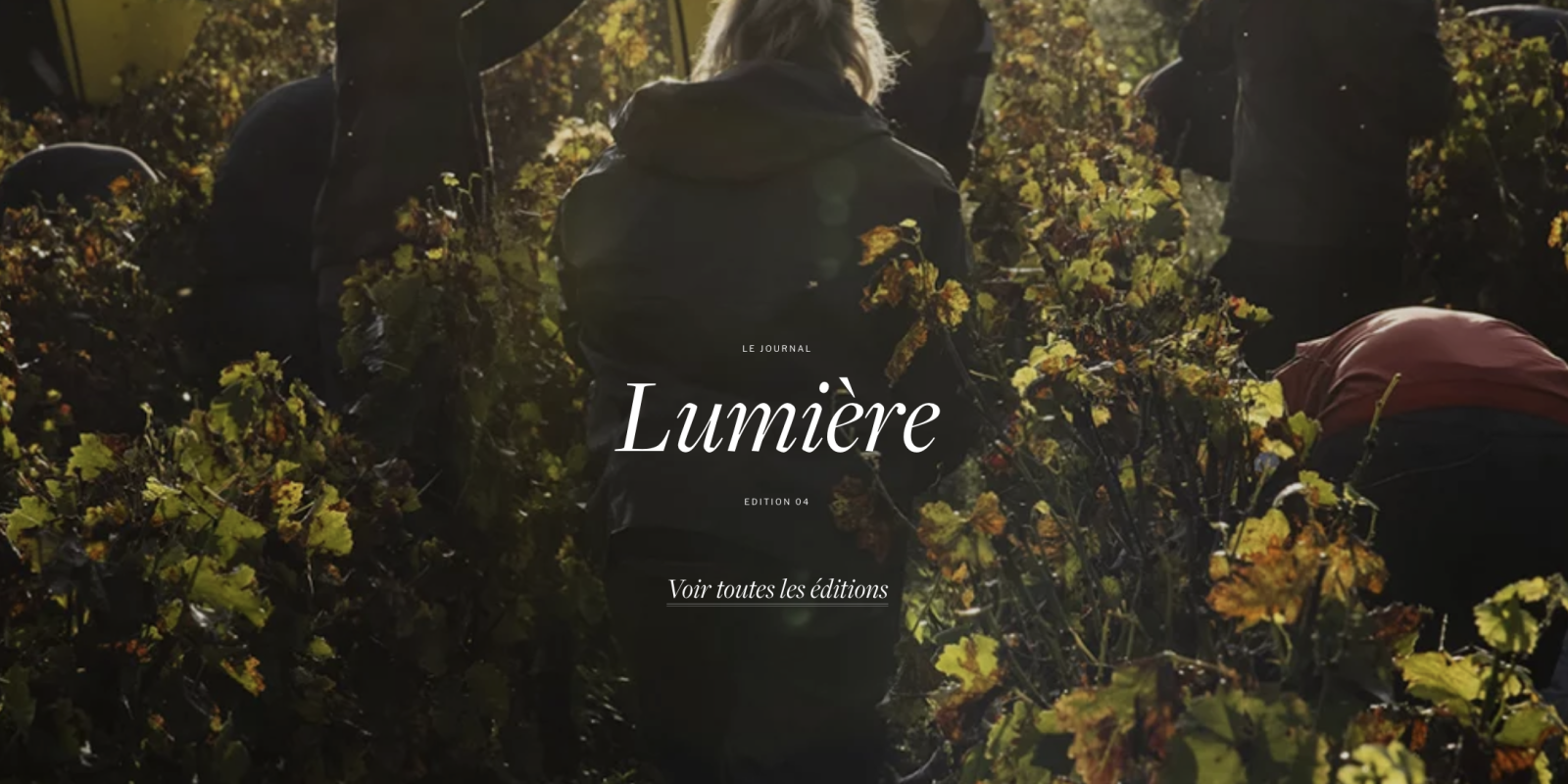Leave us a voice message
A brief, a request, a poem?


“Brand content”—what an awful expression! It reeks of marketing, of forced topics about your products, your CSR policies, and your amazing process for recycling used office supplies… We’re being ironic, of course. Yes, all of those topics could have a place in your future media outlet. But they need to be put into perspective so that they actually interest your audience and teach them something new.
That means making a double effort: first, not focusing your content solely on yourself or your products; and second, adapting your content to your audience’s habits.
If you’re targeting people under 35, you need to go find them on TikTok.
A great piece of content (in-depth, relevant, original) is awesome—but it’s also relatively expensive. To get the most out of your media production (whether it’s an article, a podcast, or a video), you need to approach it with a “master content” mindset—something you can adapt and repurpose across as many channels as possible.
A long-form article or a podcast, for example, can serve as raw material for a CRM email sequence and a series of social media posts. In this way, your need for ROI aligns with your need for editorial consistency, helping you maintain a coherent narrative throughout your entire content ecosystem.
Creating your own media outlet is a way to start a real conversation with your audience—through a less scripted, more authentic voice. It’s also a way to modernize your brand by staying in tune with your audience’s evolving expectations.
Beyond that, your media strategy should aim to turn your customers and prospects into a proprietary audience. The goal? Reduce your reliance on third-party platforms like Meta, Google, and TikTok—and take back control over your reach.